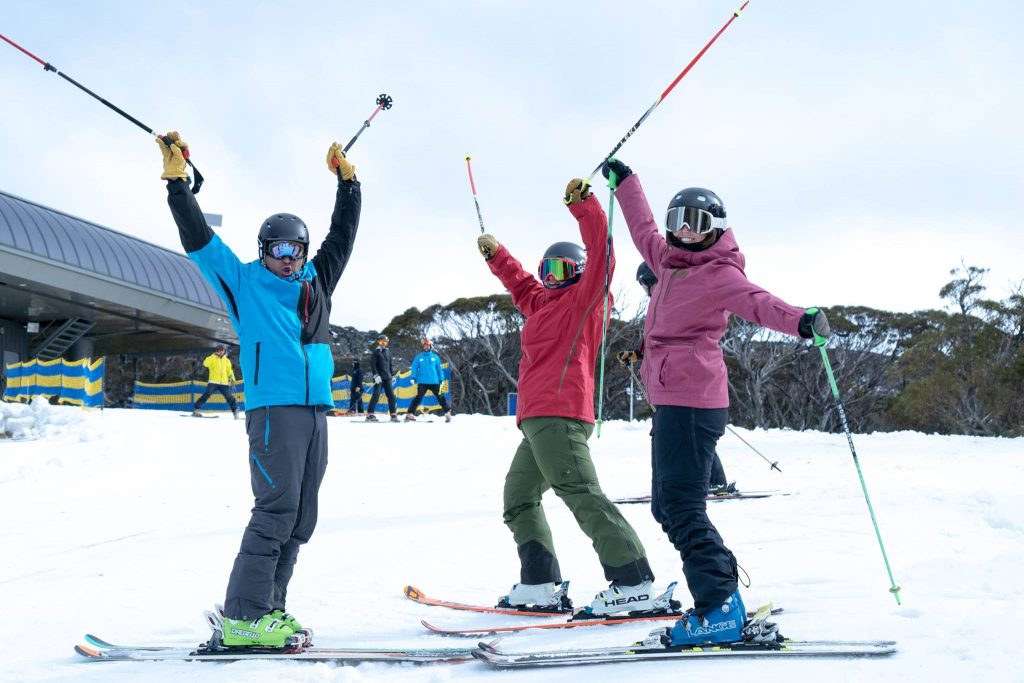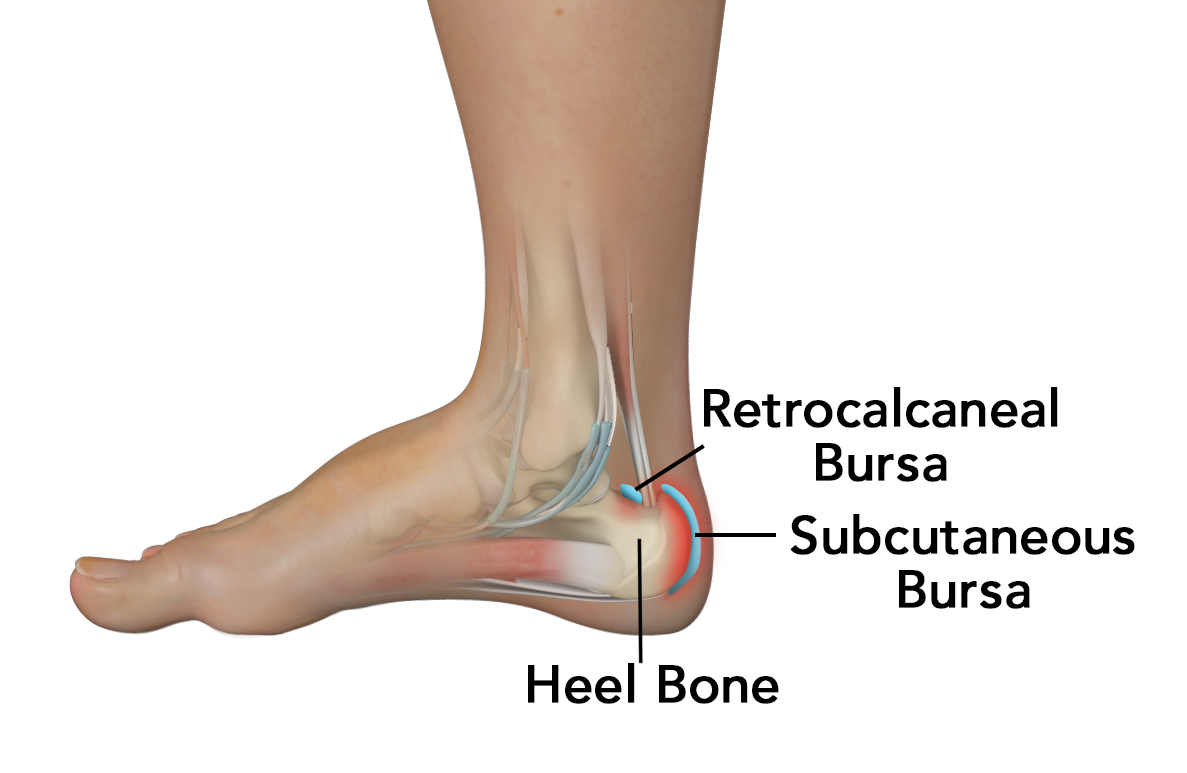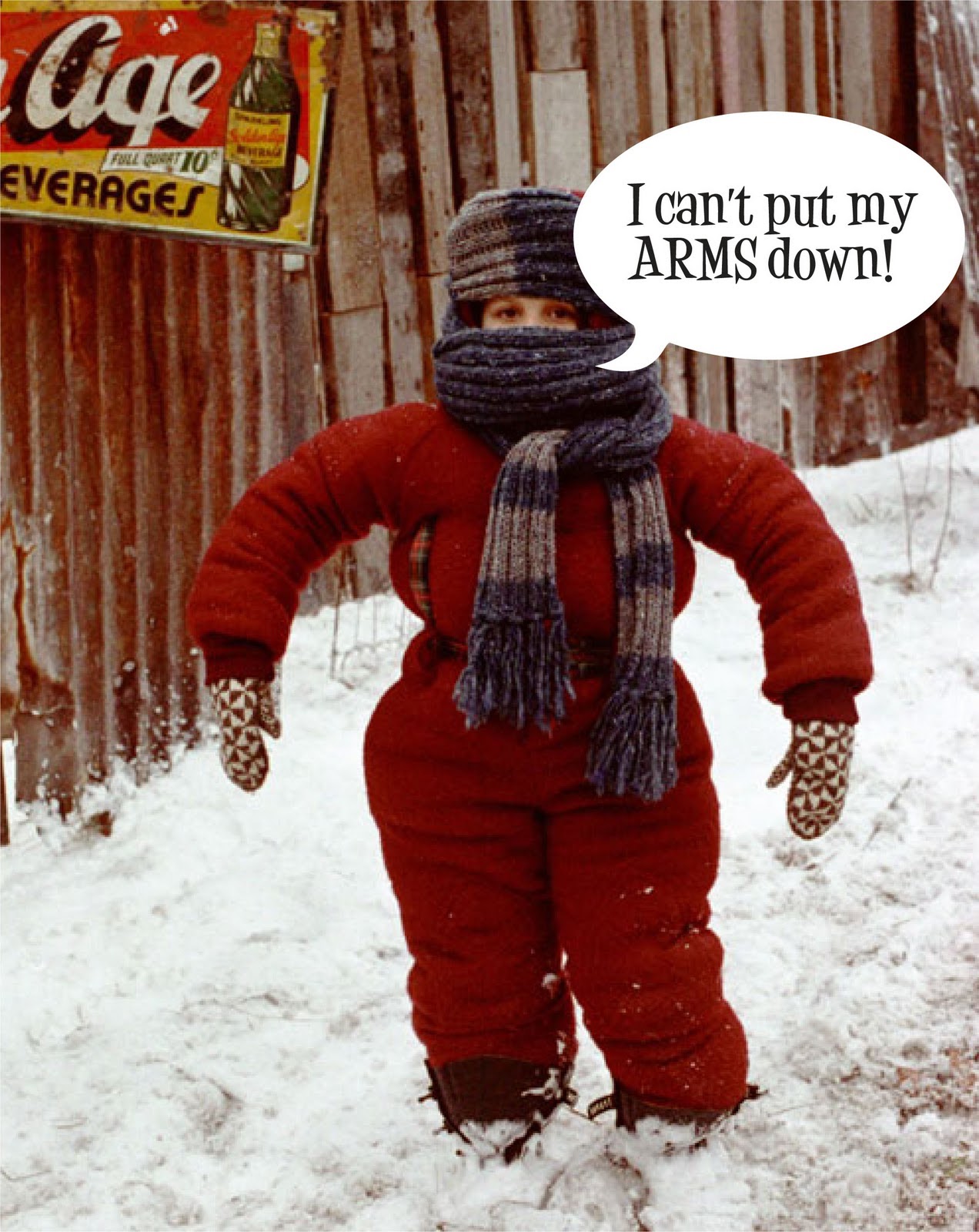Skiing is no mean feat: A podiatrists guide to happy feet!
- May 31, 2021
-
Jane Earl
- Uncategorized

Are you ready for the snow?
With only two weeks to go until the official start of the Australian ski season, it’s time to get excited! But before you start digging around in the darkest depths of your closet and pulling your thermals out of moth balls, (or blowing your entire monthly grocery budget on skiwear specials in Aldi), when was the last time you visited a podiatrist?
Skiing and snowboarding place some unique demands on the feet and ankles. They are responsible for breaking, accelerating and initiating all the tight turns, jumps (and acrobatics) that makes skiing and snowboarding so much fun. Look after them, and they will look after you. Unfortunately, like so many of us, I learned this the hard way. Attempting to return to the sport after a 15-year break, using the same high performance boots I had worn in the Naughties. My bunions blistered, my toe nails blackened and my legs, well they hurt- a lot! In this blog we will look at how to avoid these and other common skiing injuries, the importance of proper fitting ski boots and the role of podiatrists in helping you get the most out of your next trip to the snow. It’s not just about optimising comfort and injury prevention. It’s also about optimising performance through efficiency of movement.
A good pair of ski boots really are single most important piece of equipment you need for skiing. Your ski boots, weather you are buying or hiring, should be fitted by an experienced ski boot fitter. As well as the size and shape of your feet, he or she will consider your weight, skiing style and ability. Beginner boots generally offer more flex and comfort while high performance skis are stiffer and therefore more responsive.
If they are too tight you risk blisters, bleeding under the toenail (subungual haematoma) and nerve compression. Your circulation may be compromised risking chilblains or frostbite. If they are too big, your feet will move around excessively increasing the risk of strains, sprains and fractures; these types of injury are more common in snowboarders as boarding boots are more flexible and loosely fitting than ski boots, and offer less protection against injury.

Chilblains can be acutely painful and lead to ulceration and infection
Even pressure distributions across the soles of the feet are critical to optimising performance, comfort and preventing injury. Even if you are physically fit, poorly fitting ski boots can increase the risk of fatigue, due to the inefficiency created by an unstable platform. Injuries are far more common towards the latter part of the day as fatigue sets in, so take those last few runs of the day a bit slower and save the double diamond black runs for tomorrow!
Orthotics: do you need them?
In the general population, the need for foot orthoses is usually determined by the presence of pathology, manifesting as pain. Individuals without pain or significant foot deformity (bunions for example) will see long term benefits from supportive footwear; orthoses however aren’t usually necessary. For skiers, a different approach is required. Because the ability to effectively initiate force transfer through your foot to your ski/ snowboard is so critical to turning and edging, I believe every skier and boarder should fit their boots out with an orthotic.
At ACT Podiatry we offer two main types for foot orthotic (foot-beds), both of which (along with consultation costs) are claimable through your health insurance, provided you have the right level of cover.
Custom foot orthoses (foot-beds)
The most frequently used in our practice are fully custom-made polypropylene orthoses. These are used to treat a variety of foot pathologies and are made to a very specific prescription. They can also be prescribed for skiers looking at improving their performance by optimising the efficiency of their maneuvers. Custom orthoses are molded off either a plaster of Paris cast or digital 3D image of your feet. Both these techniques require a high level of skill to obtain the accurate impression of your foot. Neither one method is superior to the other, although digital modelling is becoming the method of choice amongst younger generation podiatrists.
If you already wear prescription foot orthoses to treat a specific mechanical problem or previous injury, these can be swapped into your ski boots. If they don’t fit, some modifications may be required. If you are a regular or advanced skier looking at optimising your efficiency and edging, it may be worthwhile investing in some orthotics specifically modified to optimise lateral load transfer; we offer a 20% discount on additional pairs purchased within 12 months of the initial purchase.
Semi-custom foot orthoses
For people with fewer mechanical problems, or whose feet are not yet fully grown, a semi-custom devise may be recommended. These are made from a dense thermo-mouldable EVA which is heated and wrap moulded in your shoes directly to contour of your feet. Various modifications are made which will include a soft insulating top cover and possibly a metatarsal dome (to support the transverse arch of your foot and help stabilise your toes). These offer a very cost-effective solution for skiers without a history of injury who don’t need the same level of bespoke mechanical correction as their injured or previously injured counterparts.
Common foot conditions
If you have a history of foot or ankle pain, nerve pain, leg pain, or pain in your lower back or hip, and have never consulted with a podiatrist, you need to do so now! These are all common problems experienced by the general population and skiers alike. Compartment syndrome, shin splints, bone spurs, stress fractures, nerve entrapments, plantar fasciitis (heel pain) and ankle impingement can be treated and prevented by effective podiatric management. Retro-calcaneal spurring (bony lumps on the back of the heel) are a common complaint among skiers. These are caused by excessive heel movement and is exacerbated by ill fitting boots worn without appropriate arch support. In severe cases bursa may form over the lump, and when inflamed can become extremely painful (bursitis).

Bursitis at the back of the heel can be extremely painful
Your consultation will begin with a thorough history to include details of your injuries, any underlying medical conditions, current and previous activity levels, consideration of your ability and preferred skiing style and a footwear assessment. If you have your own ski or board boots, please bring these and a pair of ski socks to the consultation. We will then assess your joint motion and movement patterns to establish the underlying mechanical issues responsible for your injury. Occasionally we may refer you for X-ray or ultrasound, although in most cases clinical assessment alone is sufficient to make an accurate diagnosis and treatment plan.
In addition to an appropriate pair of custom or semi-custom foot orthoses, skiing injuries may benefit from padding and taping, modifications to your everyday footwear, stretches and balance programs to improve strength. Steroid injections and temporary immobilisation may be required in severe cases. Acute conditions such as retrocalcaneal bursitis should be treated with R.I.C.E. (Rest, ice, compression and elevation). For some, underlying foot deformities or bony prominences may be the source of ongoing pain and rubbing. These issues may need to be addressed surgically to achieve long term results. If this is the case, we will refer you for X-ray and to our resident podiatric surgeon, Dr Clayton Clews for assessment.
If you suffer from corns, callus or toe nail issues these can also be assessed and managed by our team of skilled practitioners. And in any case, be sure your nails are carefully trimmed before you ski, especially if you wear performance ski boots with a stiffer and snugger fit. It is easy to underestimate the pain an overgrown or ingrown toenail until it happens to you!
Cold feet
Do you suffer from cold feet? And I am talking physically, not the metaphorical cold feet that strike us all from time to time as we challenge ourselves with increasingly challenging ski runs! One of the best pieces of advice I can give on keeping your feet warm, is to keep yourself warm. Layer up, wear thermals, and above all don’t forget your beanie! After all, most of our body heat is lost through our head. Your choice of ski socks is also important. A good ski sock should be moisture wicking so sweat doesn’t cause your feet to get wet. Wet feet will not only blister more easily but are also more at risk of frost bite. Whether you prefer a traditional ski sock or thinner type comes down to personal preference. For more information on keeping your feet warm, refer to my blog on winter feet.

The key to keeping your feet warm is to keep your core warm- and don’t forget your beanie!
Skiing- life on the edge
So you’ve got yourself kitted out with boots that fit, orthotics to get you edging like a pro, and you’re all snug as a bug (thanks to those Aldi special buys). You’ve even remembered to cut your toenails nice and short so they don’t cause any issues in the toe box. It’s time to hit the slopes for some Alpine Action. But before you head off to the first double diamond of the day, remember to start slow. Cold muscles take longer to warm up so ease yourself into it and take time to stretch and avoid injury. If you get a blister, don’t pop it, just cover it with a band aid. And if it does pop, apply some antiseptic such as betadine ointment to reduce the risk of infection. Don’t forget to slow things down a bit as you begin to tire as fatigue increases our risk of injury. Stay safe and have fun!
To make an appointment at ACT Podiatry call 02 62874889 or click here.
Suite 8 (Ground Floor), 146 Scollay St, Greenway ACT 2900
6287 4889
6293 2325
[email protected]
ACT Podiatry : Advanced Foot & Ankle Centre
Canberra Podiatric Surgeon
Suites 16-17 (First floor) 14-16 Brierly St, Weston ACT 2611
6287 2818
6293 2325
[email protected]
ACT Podiatry : Advanced Foot & Ankle Centre
Canberra Podiatric Surgeon
Copyright © 2018, ACT PODIATRY | SEO by High Jump Digital

